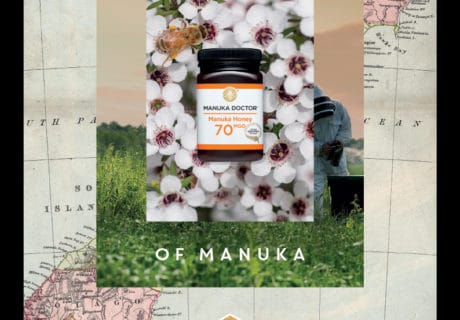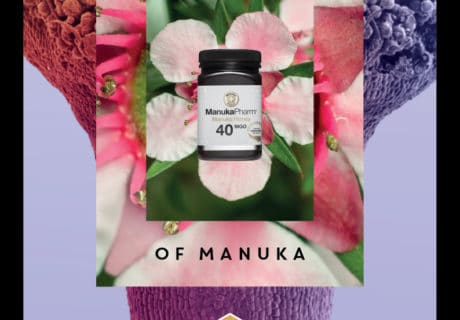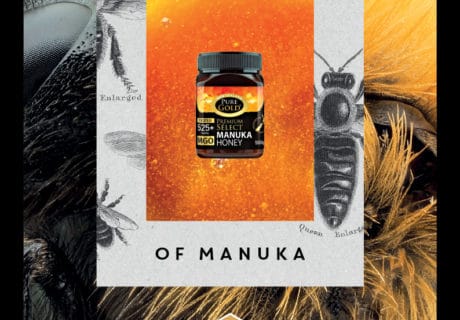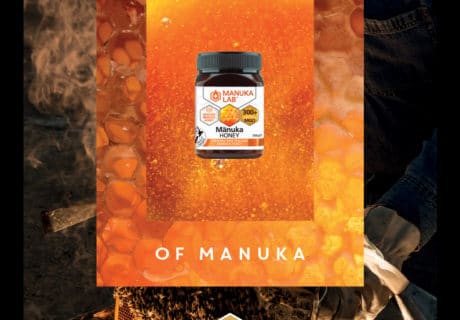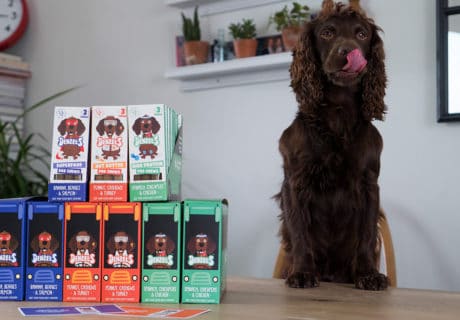Holland & Barrett (H&B) has launched a £1.5 million ‘Wonder of Manuka’ campaign centred around transparency within the Manuka honey industry, in a bid to ‘take a stand against fake Manuka’.
In a high street first, all new stock of Manuka honey sold in H&B stores from 1 August will meet the same standard set by the New Zealand Government in February, with each jar bearing a ‘Certified by New Zealand’ mark to ‘reassure customers about product authenticity from hive to home’.
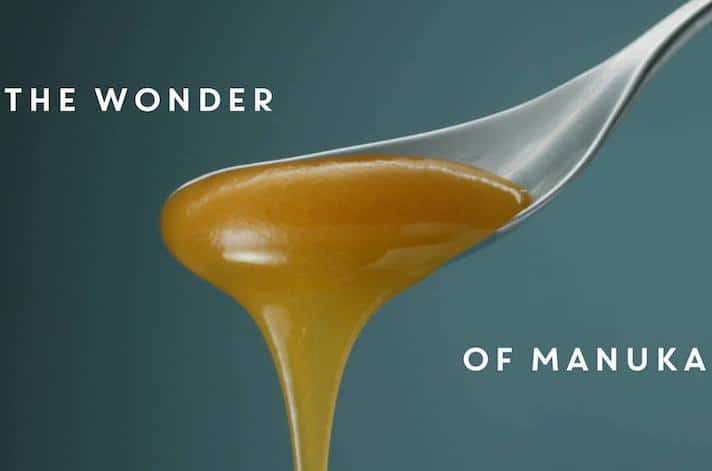 For H&B to adhere to the stringent guidelines set by New Zealand, suppliers will be required to provide test certificates for all batches of Manuka. H&B is now calling upon the Food Standards Agency to make compliance with these standards compulsory in the UK.
For H&B to adhere to the stringent guidelines set by New Zealand, suppliers will be required to provide test certificates for all batches of Manuka. H&B is now calling upon the Food Standards Agency to make compliance with these standards compulsory in the UK.
The quantity of Methylglyoxal (MGO) in Manuka is generally accepted to be the most accurate measure of Manuka’s antimicrobial strength, and as such H&B will now be adopting a new scale, offering its customers honeys ranked between 40 MGO and 850 MGO – the latter being the highest possible whilst remaining a stable product. The honeys will also be divided into two categories: monofloral, classed as ‘purer’, from bees foraging mainly from Manuka bushes; and multifloral which is still classed as Manuka, but from bees which have travelled further, and therefore it contains a wider range of nectar from other plants.
For a four-week period during August the retailer’s flagship London store in Marble Arch has been renamed ‘Honey & Barrett’, with the window display featuring an interactive digital display to educate passing shoppers.
As part of the campaign – led by creative agency Pablo London, and endorsed by influencers and bloggers – a 30-second CGI film accompanies a series of ten-second direct response digital ads with digital display advertising.
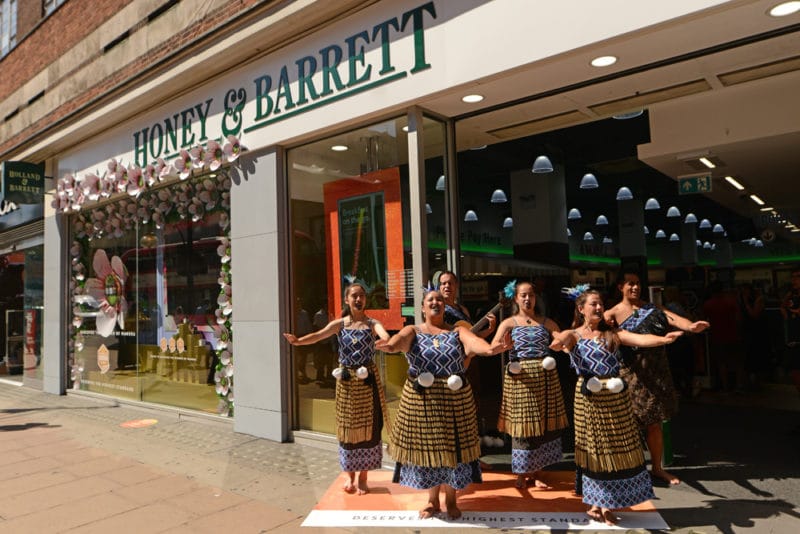
In what H&B says is a media first, it also partnered with ITVBe on a series of five-second ‘blip-verts’ throughout the launch day, linking together as a ‘swarm’ in the prime time viewing slot, and culminating in a 30-second advert. ITVBe furthered its partnership by creating a bespoke ident linking its brand with Manuka honey in a bid to impact its core audience of 25-35 year olds.
The campaign is H&B’s first under Caroline Hipperson, global CMO. “For too long the Manuka honey industry has been subject to mystery and confusion, and we want to put the power back in the consumer’s hands. This campaign will celebrate the wonder of Manuka, its rich history and powerful properties. We’re proud to be the first retailer on the high street to adopt these new guidelines and hope to see the rest of the industry following suit.”
For too long the Manuka honey industry has been subject to mystery and confusion, and we want to put the power back in the consumer’s hands.
The launch event offered journalists, bloggers and influencers the chance to taste the ‘liquid gold’ Manuka products, enjoy traditional Maori song and dance, speak with honey experts from New Zealand and meet over 20,000 live bees on a hive brought in from Sussex. The event was attended by a film crew from Fake Britain, as well as Irish television presenter Laura Whitmore.
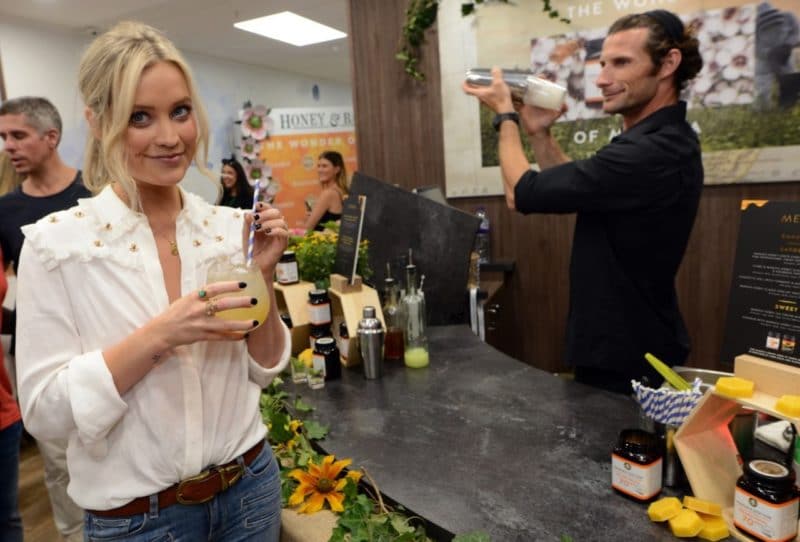
At the event, H&B CEO Peter Aldis spoke directly to NPN and explained what makes now the right time to ‘take a stand against fake Manuka’.
“What was lacking before was a set of guidelines or a standard that one could use. The standard was being called for by the industry in New Zealand and certainly by ourselves. Because the fact of the matter is more Manuka honey is sold in the UK than is produced in New Zealand; that’s of concern to us. It’s an important sub-category. We care what we sell – genuinely, we’re not into selling ‘snake oil’. So making sure the product is right for our customers is important. Losing credibility because of selling inappropriate honey would be bad, so we were calling for that standard as well. That’s now been set by the New Zealand Government. There are now five markers that have to be specifically [met] so we test for markers which determine the authenticity of the product and we also test for strength. I know from our suppliers that the New Zealand Government is keen to try and expose if there are [geographical] areas that are selling the product and it’s not what it purports to be,” says Aldis.
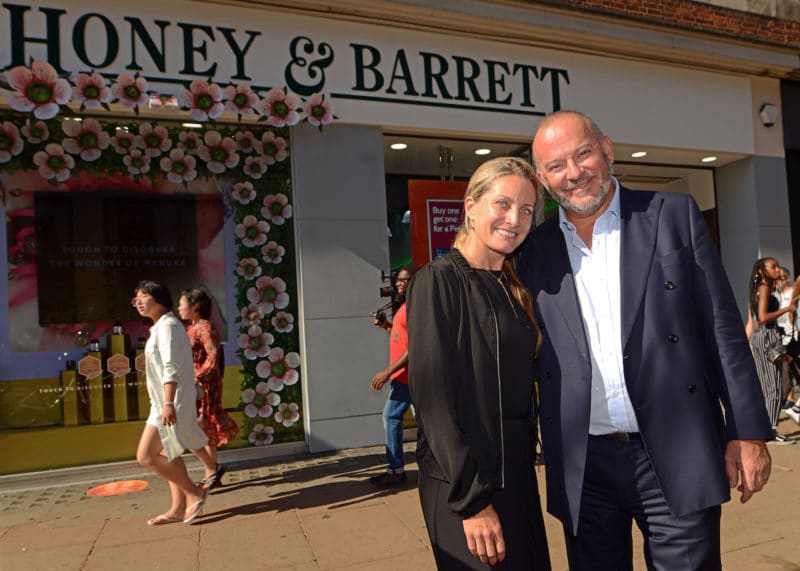
With regards the new MGO rating, Aldis says the aim is to help reduce the consumer confusion which has until now given Manuka an air of mystery. “Historically there was … NPA (non-peroxide activity) and TA (total activity) – a very complicated story for the consumer to understand. It was difficult to explain to them when they were asking questions in layman’s terms in the store.”
Aldis clarifies that while H&B always tested its Manuka for authenticity, now this ‘crucial’ testing has become more robust. “Ultimately what the industry is trying to achieve is that if it says Manuka, it meets the five markers. Now we test both at source in New Zealand and the finished goods in this country to ensure that we’re confident in the products we’re selling. We don’t think anyone else is doing that to the same level of rigour.”
Commenting on the subject of packaging claims, Aldis says it’s still possible to enter other high street retailers and be misled by ‘clever marketing’. “The word ‘blend’ is very hard to see because it’s in tiny writing. Something’s wrong somewhere – all we can say is what we’re doing. We’re investing a lot of money in the testing; it will be ongoing on all of the product we receive. We want to give our customers confidence, we want to give our staff confidence.”
The most important thing is making the consumer understand. They’ve been through a bit of a minefield to be honest
While the Foods Standards Agency is yet to respond to H&B’s call to action, Aldis welcomes other retailers to voluntarily follow suit in the meantime. “If other people mirror what we’re doing then that’s great; we will have developed a standard for Manuka honey and then we’ll be competing with each other on price, like most retailers have to. I think the health food trade [has] the same standards that H&B has; they wouldn’t want to be selling product that they didn’t think was effective – I’m very confident of that. I’m sure they’re all wanting to do the right thing.”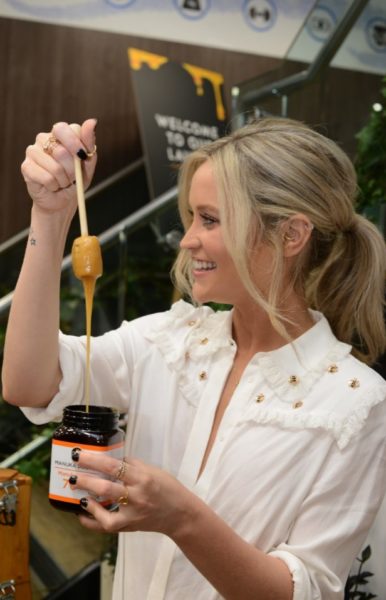
Testing to this level comes at a price – costs which Aldis says H&B itself will absorb – however he says it is ‘necessary’. “If one day a journalist discovered that actually we weren’t selling the real thing it would be very damaging for our business and for our trade, quite honestly.”
Aldis rates current public understanding of Manuka at ‘less than five’ out of ten. “I think some of that is confusion. The most important thing is making the consumer understand. They’ve been through a bit of a minefield to be honest. I think a lot of them know that Manuka honey is great; we have a lot of die-hard fans … but we’d like to make it bigger and better, commercially, and get more people to be aware of it.”
If other people mirror what we’re doing then that’s great; we will have developed a standard for Manuka honey
Should H&B be successful in increasing consumer understanding of Manuka, and ultimately the demand for it, Aldis anticipates a ‘challenge’ where supply is concerned. “New Zealand is producing more but, of course, it’s a defined crop; [production] can only be as many Manuka bushes as they’ve got, and bees. They can produce [more] but they’ve got to plant more Manuka trees. Fortunately, there’s a lot of wilderness out there so they probably can but there’s a lot of demand for the product from China and the US … so, unfortunately, it’ll probably only ever go up in price, although we’ve secured stocks for a few years so we’ll be able to keep it as it is.”
Part of that demand could come from the NHS, as topical use within wound dressings becomes more widespread, and the healing properties of Manuka become more fully accepted in the mainstream. “Conventional drugs are expensive. Manuka honey is used in wound care and ulcers … in the UK definitely. I’ve been given some!” says Aldis.
The interactive window display and Maori dancers at ‘Honey & Barrett” might have peaked public interest on the launch day, but Aldis says ‘that’s not what is going to move the needle for our business’. With a social media campaign accompanying the other media efforts, the retailer hopes the hashtag #MyManuka will extend consumer curiosity across the nation. “What’s important is that we’re going on TV. It’s been done very well. What will work … is the PR that we’re working on, the digital and social media. That’s what will resonate as you go around the country. As those types of things start to gather momentum that’s what will make a difference with people coming into stores to ask about the honey.”



